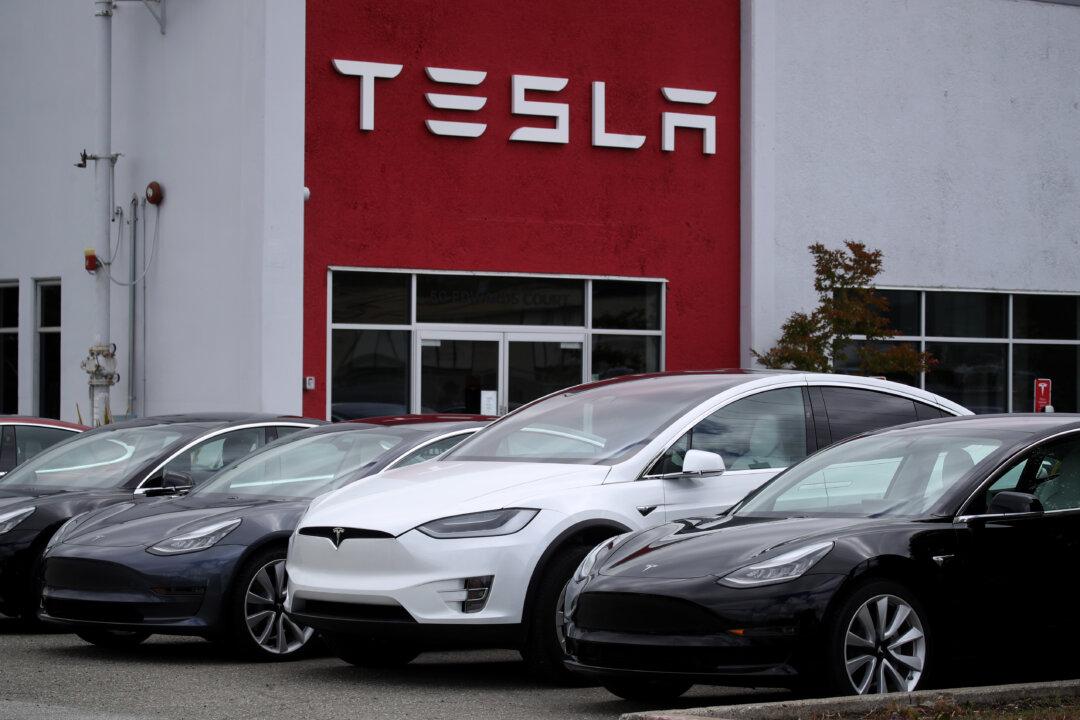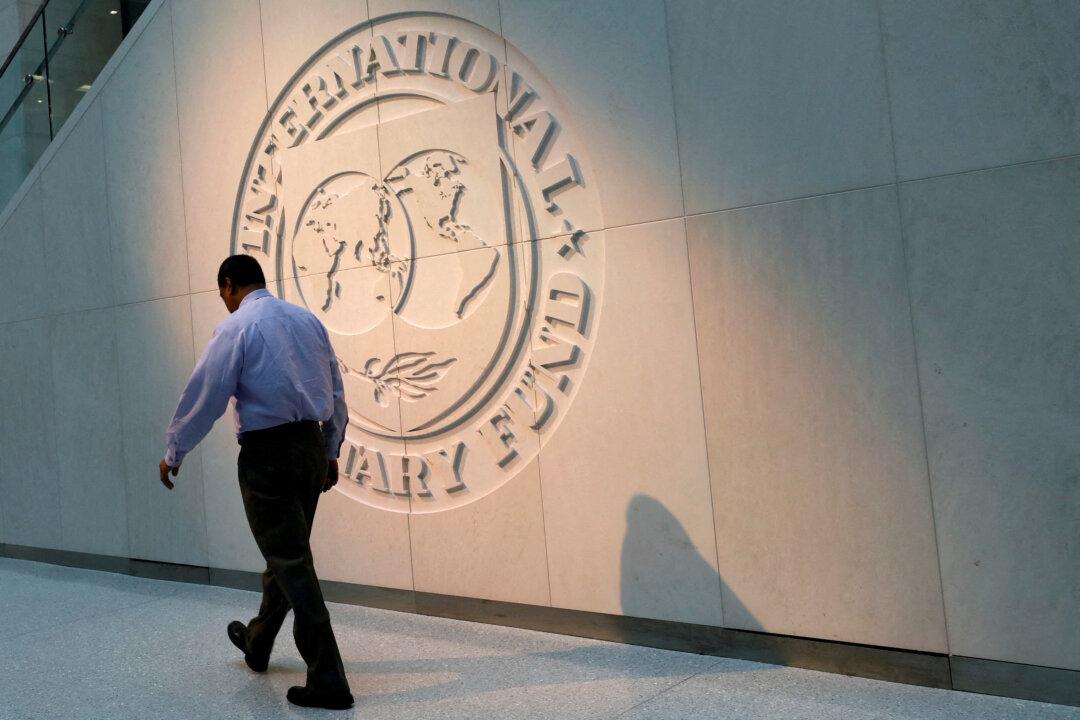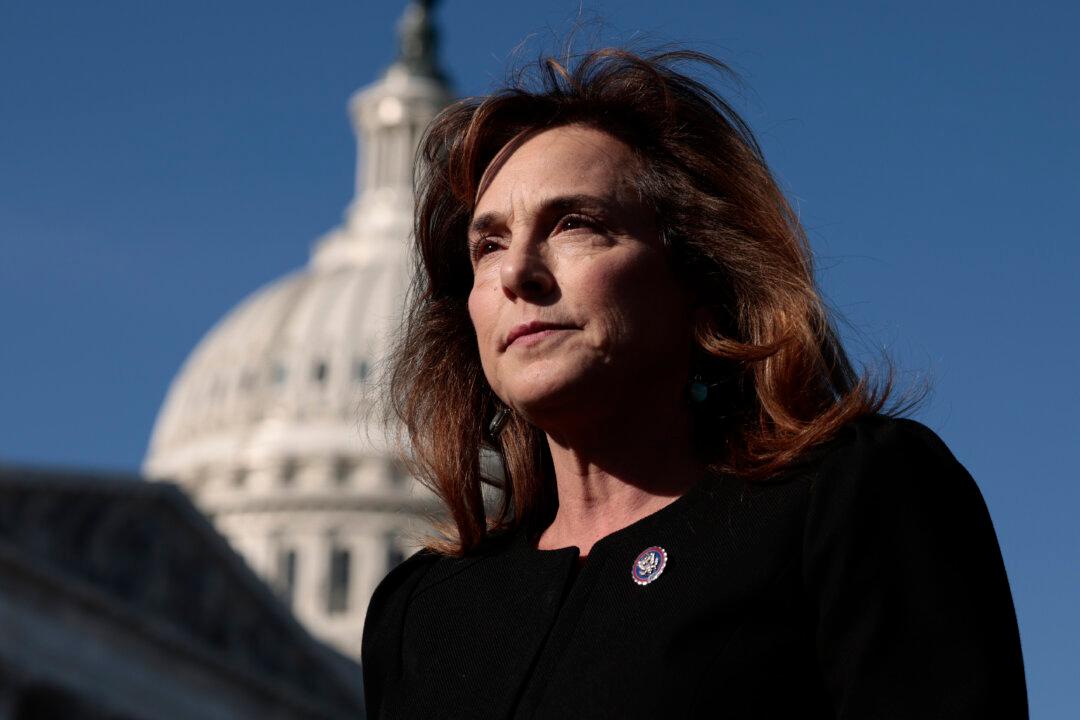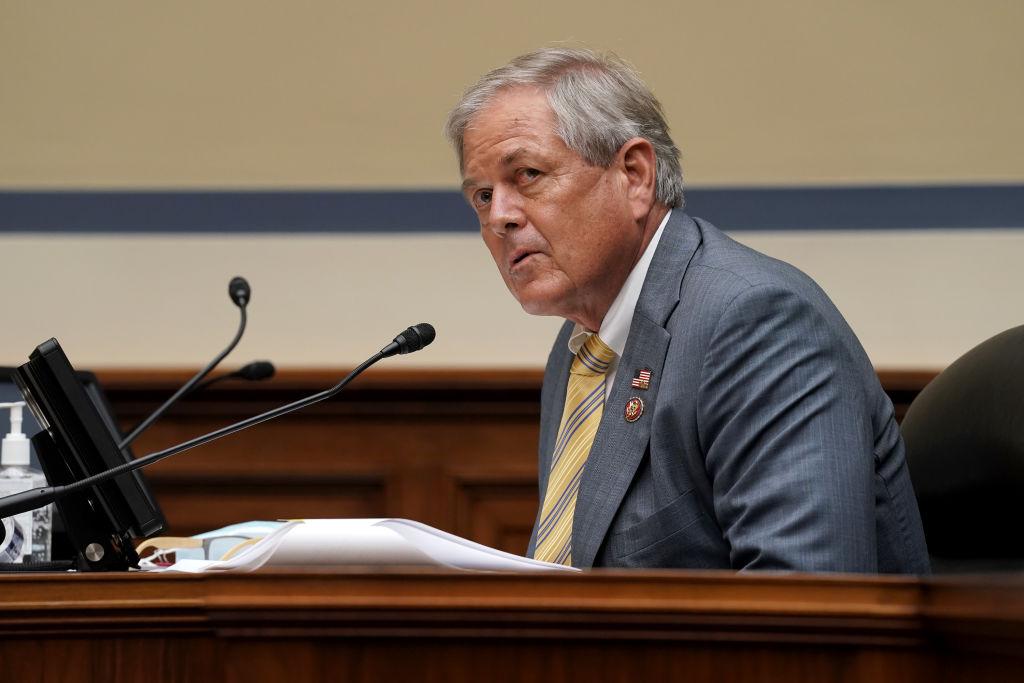Florida has become the most expensive state for automotive insurance—a 15.2 percent increase for 2022—according to a new report by Bankrate. Changes in coverage costs varied by state and by metropolitan area, with Orlando premiums seeing the highest surge of 22.6 percent for the year.
At the start of 2022, New York was the only state in which full coverage auto insurance exceeded $3,000 per year. Now there are two.




